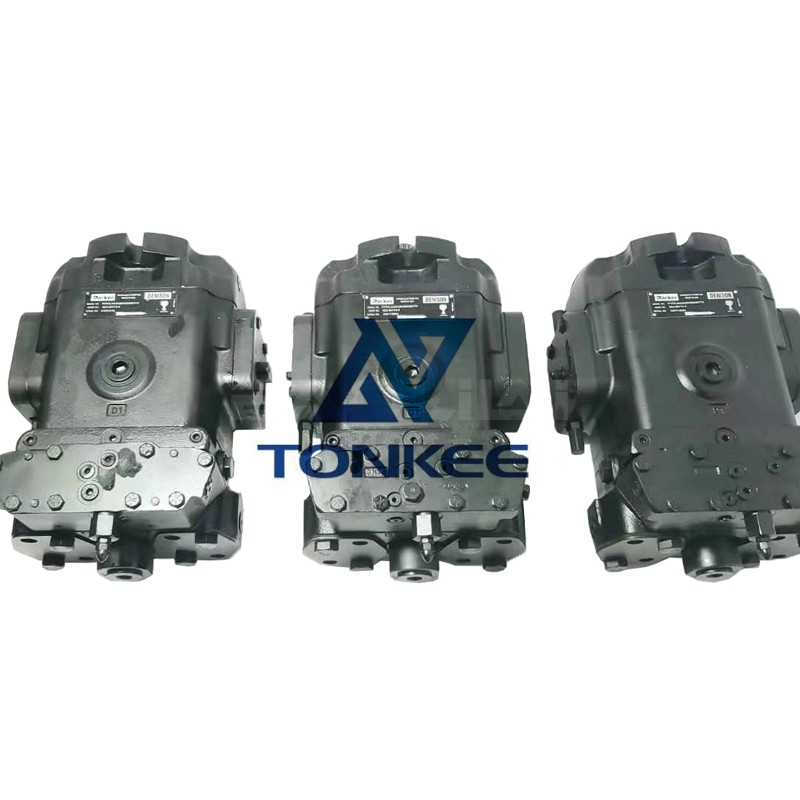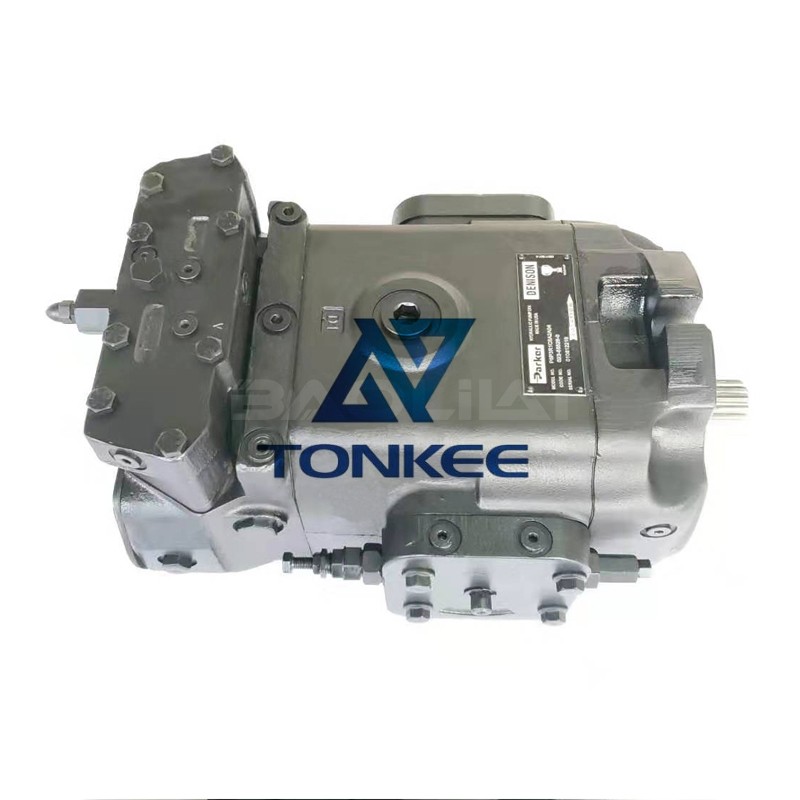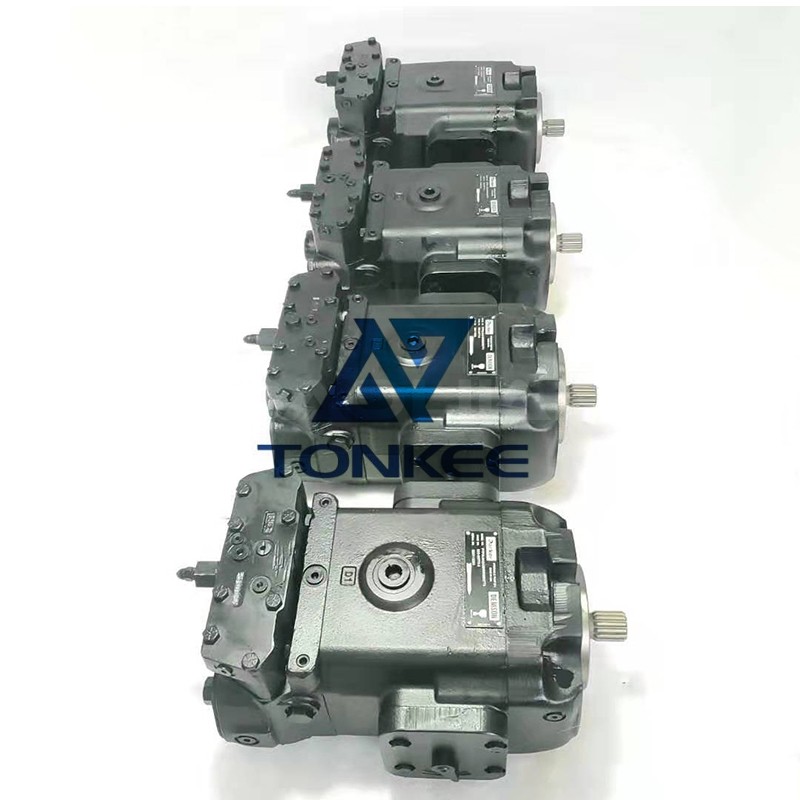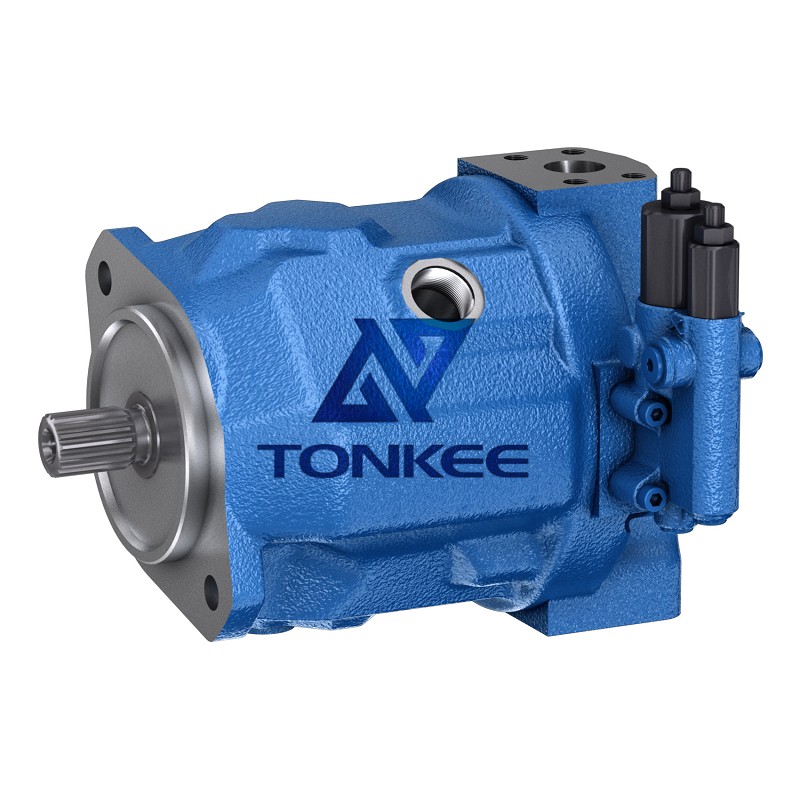
One of the key components of these pumps is the hydraulic piston, responsible for generating the fluid pressure.
The replacement pistons should match the original specifications in terms of dimensions, materials, and surface finish to maintain optimal performance. These pumps often have multiple pistons, and each piston requires precise specifications to ensure proper operation. The piston rings, which provide sealing between the piston and cylinder, must also be replaced with the correct size and material.
Another critical part is the cylinder block, which houses the pistons and controls their movement. The replacement cylinder block should have the same configuration, port sizes, and pressure ratings as the original to maintain compatibility with the hydraulic system. It is important to consider the material and surface treatment of the cylinder block to ensure corrosion resistance and longevity.
The swashplate, another crucial component, controls the angle of the pistons, determining the pump's displacement and flow rate. Replacement swashplates should match the original specifications, including the angle range and mounting configuration. Proper alignment and adjustment of the swashplate are essential for efficient pump operation, so it is important to ensure that the replacement part allows for accurate adjustments.
Seals and gaskets are vital to prevent fluid leakage and maintain system integrity. When replacing seals and gaskets in these pumps, it is crucial to choose parts made from high-quality materials that can withstand the operating conditions, such as pressure, temperature, and fluid compatibility. The dimensions and profiles of the replacement seals and gaskets should match the original parts to ensure proper sealing and prevent leaks.
Bearings and bushings are responsible for supporting rotating components and reducing friction.
Replacement bearings and bushings must have the correct dimensions, load capacity, and material properties to ensure smooth operation and long service life. Proper lubrication is also crucial for bearing performance, so selecting the appropriate lubricant for the replacement parts is essential.
Other important replacement parts include the shaft, valve plate, and control options such as solenoids and pressure compensators. These components should be chosen based on the specific requirements of the hydraulic system, considering factors such as pressure rating, flow rate, and control features.







 English
English português
português Русский язык
Русский язык










